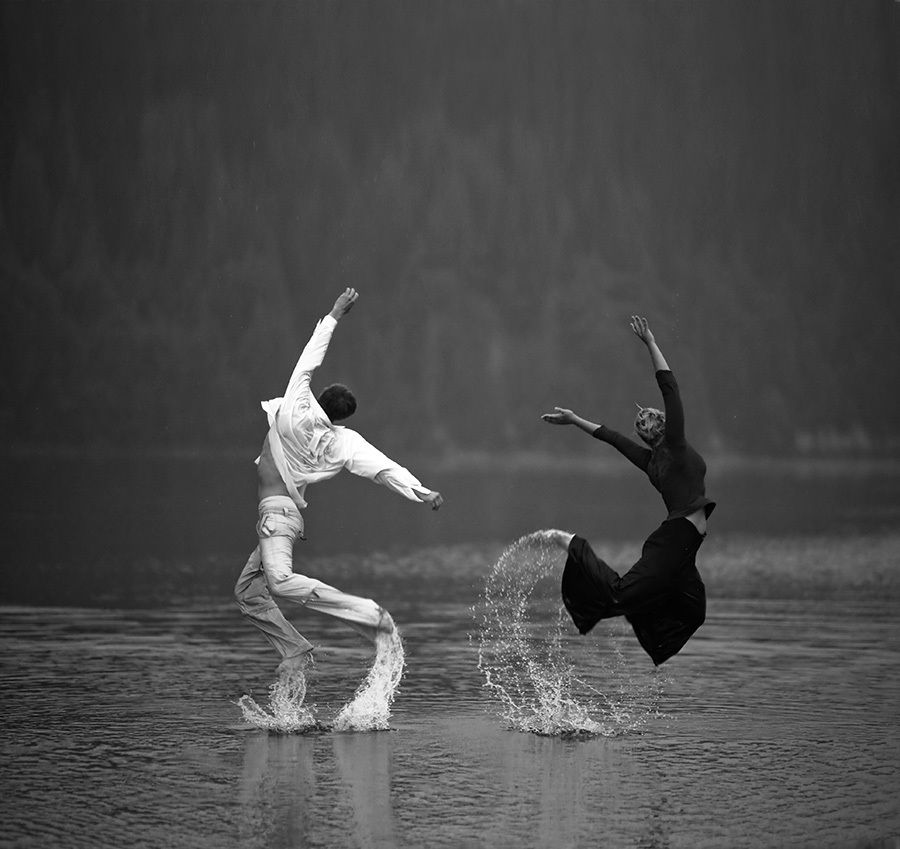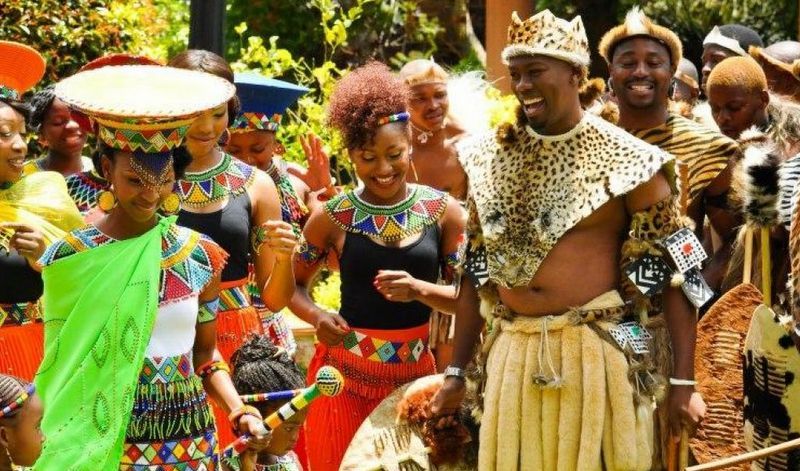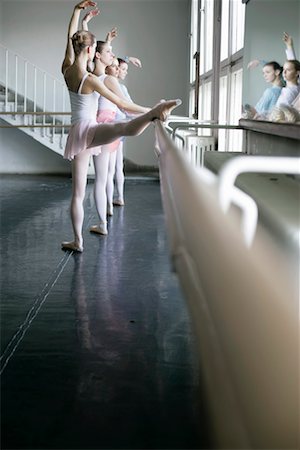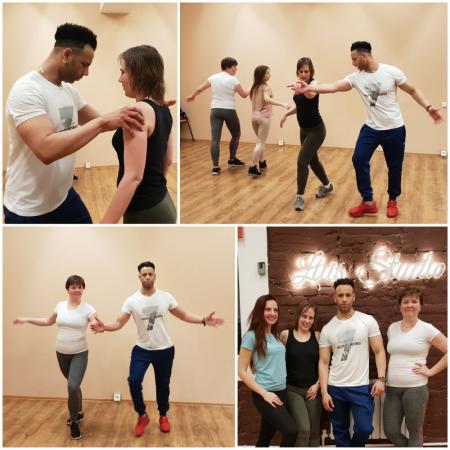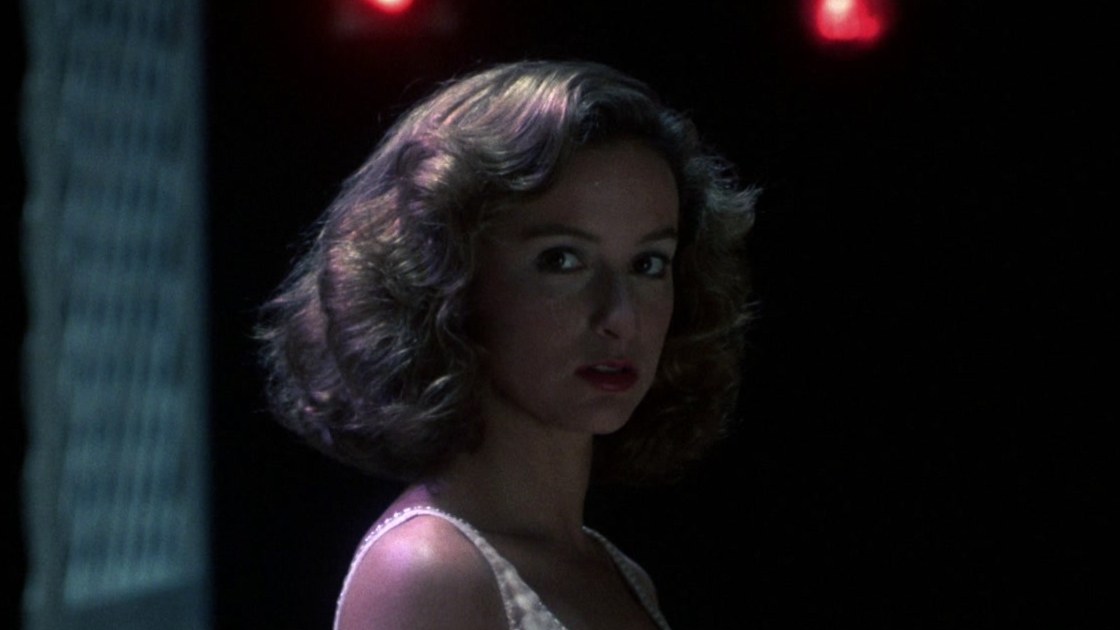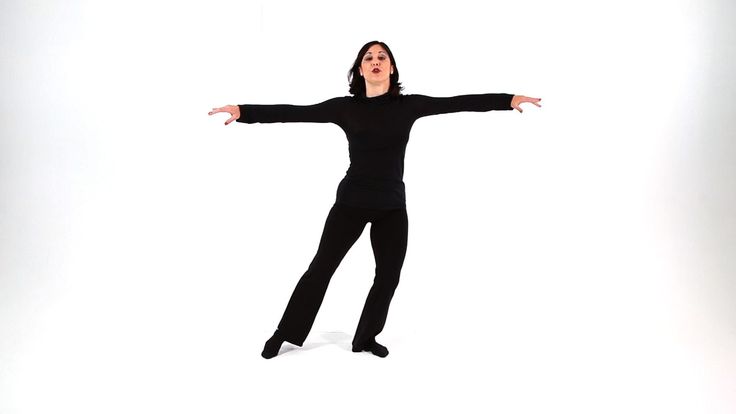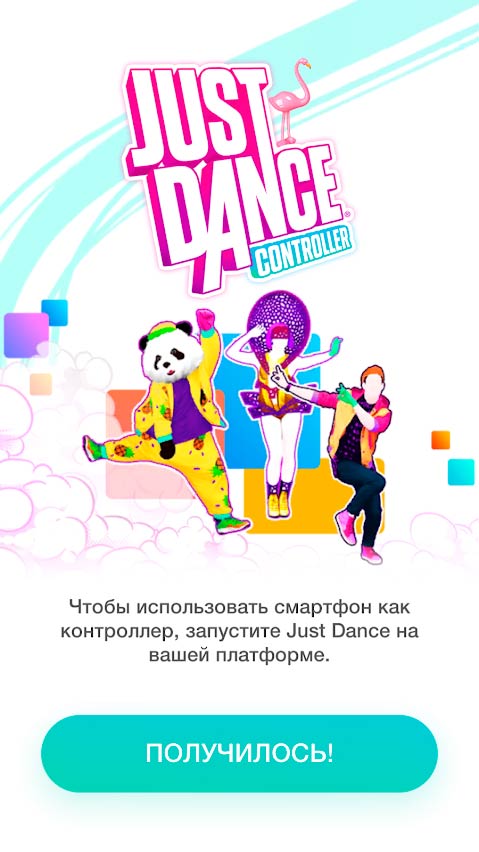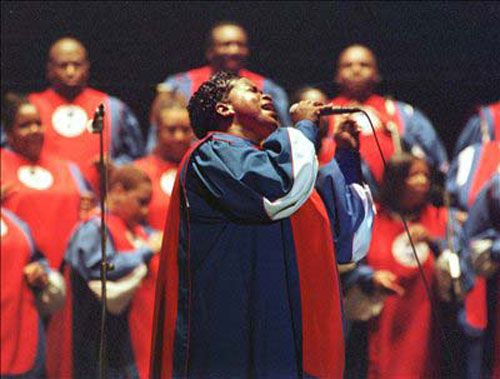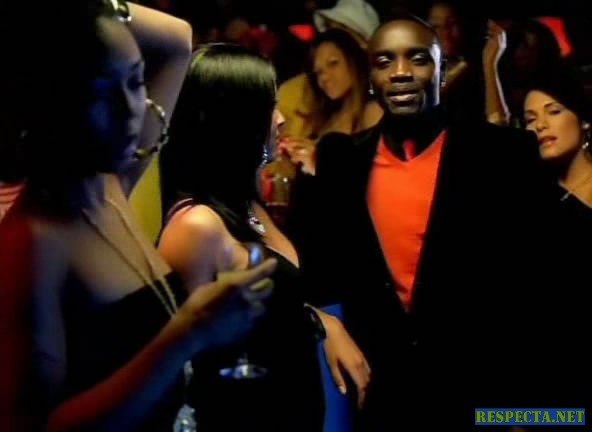How to become a competitive dancer
How to know if your dancer is ready for a competitive dance experience — Legacy Dance Project
As the owner of Legacy Dance Project, art in general has always been something I've loved! I double majored in college in Dance Performance and English. There will be typos and misspelled words. But there will be a joy of dance, the adventures of owning a studio, and my journey trying to create a legacy full of life and love for my students. We will share aspects of the dance studio, our dance classes, and the community events around Goldsboro NC. Happy dancing everyone!
At Legacy Dance Project, we have three different programs...
The Petite Program for 3 and 4 year olds to introduce newbies to the world of dance. Our Sweet Petite Program consists of Tiny Tumble, Petite Ballet, and Petite Tap. It's a fast growing program... so much so that we've created two Petite Ballet classes and all our Petite classes are quickly filling up.
The second program is our Core Program. This a structured program that is available to dancers with not as much previous dance training or would like to keep their dance experience on a more conservative side, taking 1-5 classes weekly. Our core program is a wonderful foundation for any dancer between ages 5 and 18, wanting to gain more confidence and provides an avenue for dancers to explore their love of dance and performing.
Our third program is our Concentrated Company Program. This is a more intensive program that is designed for dancers ready to take their love for dance and transform that into a passion of the performing arts. Every Company Program is different at varying studios, so we encourage you to investigate what is required for the competitive company at each studio, to figure out which is best for you. Our company classes are open to dancers 7 and up. Really, once they can retain choreography and perform it without assistance, is when they are STARTING to be ready for company. At Legacy, we require our company members to take technique classes during the summer to maintain their dance progress they have acquired during the regular season.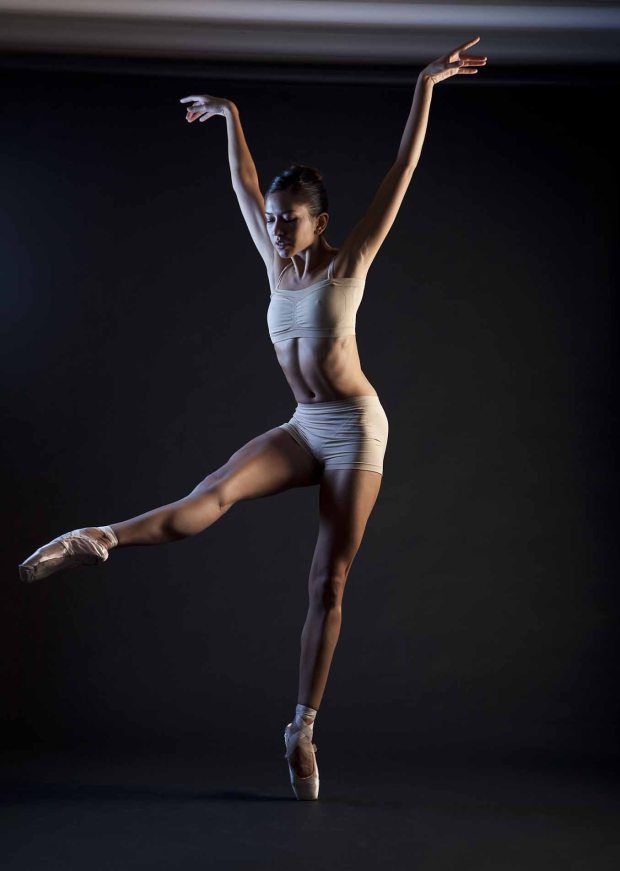 During the regular season, dancers are required to attend two technique classes during the week and attend choreography weekends, usually the 2nd weekend of each month to learn the choreography they will compete and perform. They are also required to participate in other events like master classes with guest artists that are brought into the studio and will be required to be a part of Vet's Stories this year, a tribute to the veterans. Ballet is not required, but HIGHLY encouraged of our dancers, as we have noticed those with ballet training progress to upper levels of companies quicker than those that do not enroll in ballet. Also, ballet is the foundation of all dance, so if dancer's are serious about their dance education, than they should be enrolled in a ballet class. We have 3 competitive teams this year... LDP Company (where dancers learn a lyrical/contemporary and jazz routine, with the possibly of a 3rd summer routine), LDP Tap (where dancers learn a tap routine), and the Goldsboro All-Star Dance Team (where they will learn hip hop, jazz, and pom routines to compete and perform around Goldsboro and Wayne County).
During the regular season, dancers are required to attend two technique classes during the week and attend choreography weekends, usually the 2nd weekend of each month to learn the choreography they will compete and perform. They are also required to participate in other events like master classes with guest artists that are brought into the studio and will be required to be a part of Vet's Stories this year, a tribute to the veterans. Ballet is not required, but HIGHLY encouraged of our dancers, as we have noticed those with ballet training progress to upper levels of companies quicker than those that do not enroll in ballet. Also, ballet is the foundation of all dance, so if dancer's are serious about their dance education, than they should be enrolled in a ballet class. We have 3 competitive teams this year... LDP Company (where dancers learn a lyrical/contemporary and jazz routine, with the possibly of a 3rd summer routine), LDP Tap (where dancers learn a tap routine), and the Goldsboro All-Star Dance Team (where they will learn hip hop, jazz, and pom routines to compete and perform around Goldsboro and Wayne County). Each have their own set of placements/auditions attached to them.
Each have their own set of placements/auditions attached to them.
While many dancers have goals to be on a competitive team, it takes a lot and requires much commitment so I want to go through a checklist to see if your dancer is ready to join:
- Is your dancer open to trying new styles of dance like jazz, lyrical, contemporary, ballet, modern, acro, hip hop, musical theatre and so on to help them become unicorns of dance? Like a chameleon in all styles?
- Is your dancer ready for the lights, camera, and action of large crowds?
- Is your dancer eager to learn from other teachers on convention circuits?
- Is your dancer motivated enough to practice, stretch, and work on their technique at home?
- Is your dancer ready to be a team player? To help other dancers, show up to mandatory rehearsals, and put in extra work for the sake of a team?
- Does your dancer have the physical stamina, focus, and the attention span for long rehearsals with a lot of repetition?
- Is your dancer ready to trust the process, hear a lot of corrections about their technique and ready to apply those corrections to help further their confidence?
- Is your dancer ready to be happy for the opportunity to dance, even when competition results don't go the way they'd like?
- Is your dancer ready to still push and be motivated when they are given a lot of praise and awards for their hard work?
- Is your dancer ready to go through a placement and/or audition process confidently where there is added pressure? We do this so we know they are ready for the big competition stage.
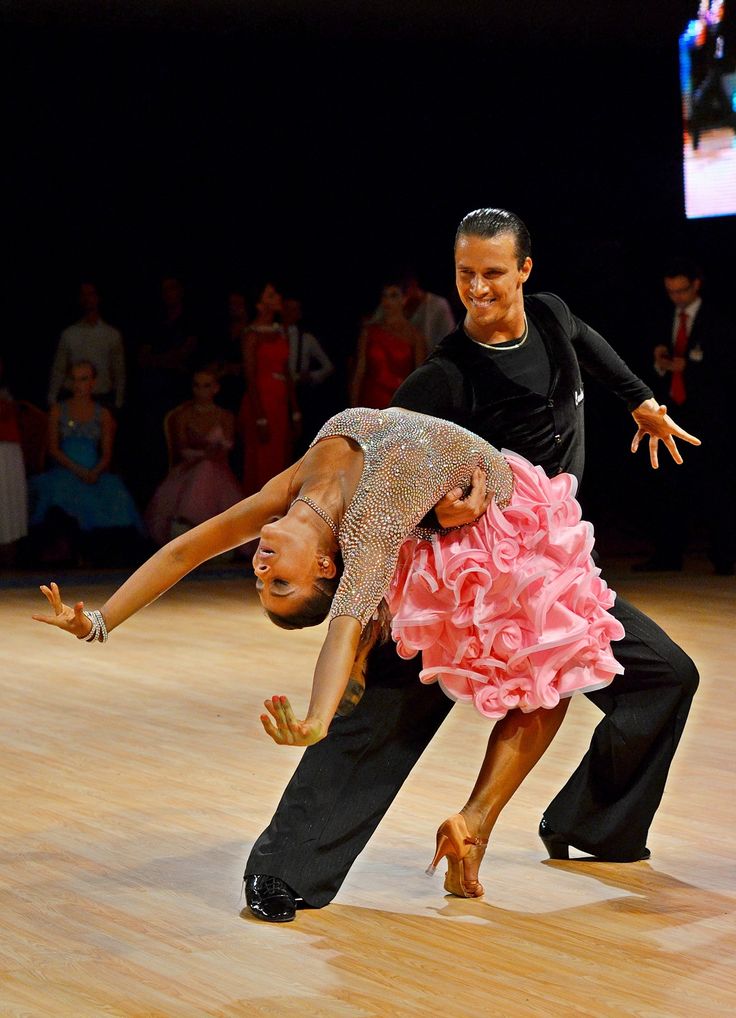
- Are you and your dancer ready for more hours at the studio? It will often become their home away from home.
- Are you and your dancer ready for more of a financial commitment? Between extra costumes, competition fees, convention/workshop fees, and accessories and props, it begin to add up and if you aren't prepared for that, those given opportunities are often met with hostility instead of gratefulness.
The attributes the performers gain from company are priceless! You'll find your dancer has more self-esteem, self-awareness, determination, perseverance, discipline, humbleness, and inspiration. These kids often improve on study and time management skills. It's an exciting program to be a part of but the dancers MUST be passionate about their classes and committed to their dance education.
While, it may sound intimidating right now, I, the staff at Legacy, and the veteran competition parents, are here to help guide into this program so you can reap all the benefits.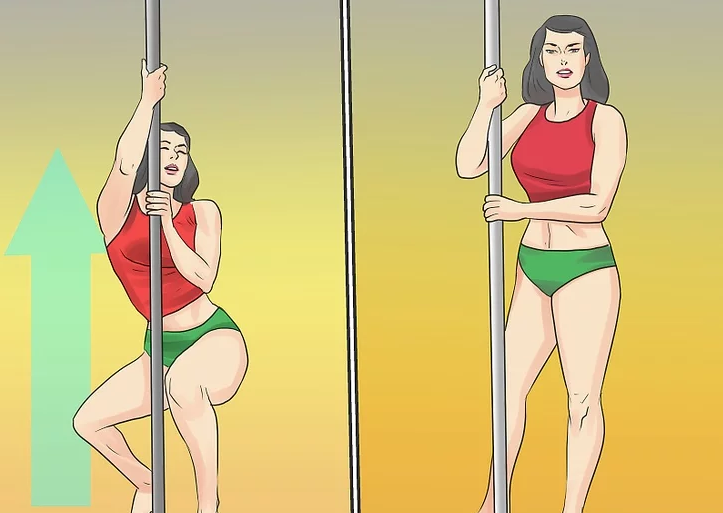
If you are interested in joining the Goldsboro All-Star Dance Team, you are invited to the interest meeting this Saturday at 4 at the studio and auditions that are this Sunday at 4. You can rsvp here.
If you are interested in joining the LDP Company, you are invited to interest meeting May 21st and placements May 22nd-24th. You can rsvp here.
If you are interested in joining the LDP Tap Company, you are invited to the Tap Placements in August. You can rsvp here.
Got questions? We got answers! We can't wait to get started dancing with you!
Until next time,
Megan
LDP
categories dance
tags dancelife, dance
5 Dance Competition Tips for Moms
Here’s the situation: The young ones aren’t so young anymore, and you find yourself interested in transitioning from dancing as ‘exercise’ to something a little more serious.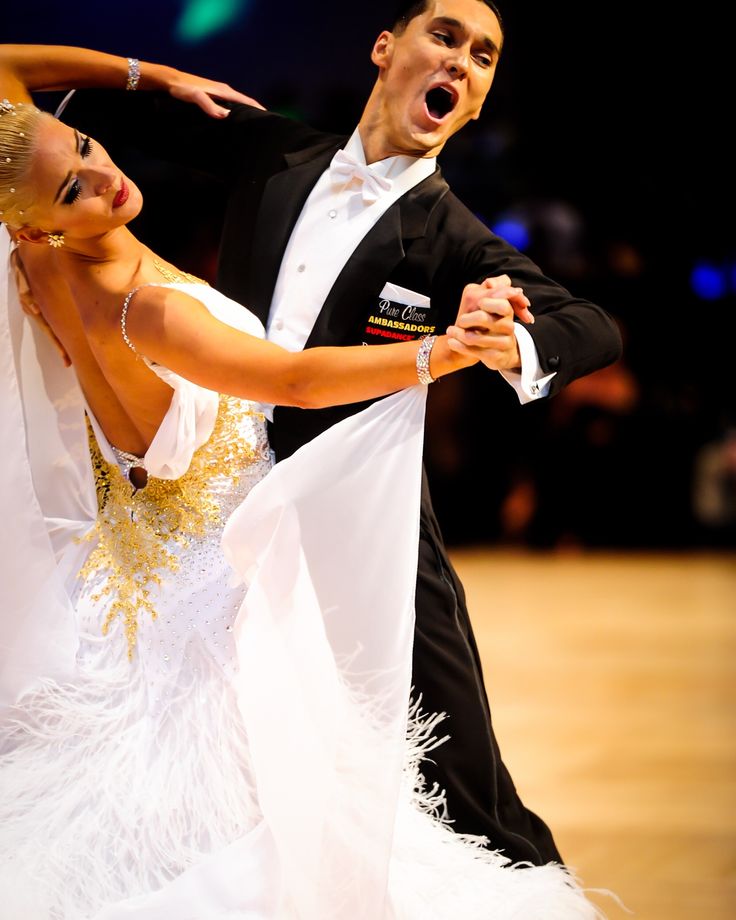 Or, perhaps with your newly found time you are you looking to pick up a new extra curricular activity all together.
Or, perhaps with your newly found time you are you looking to pick up a new extra curricular activity all together.
If you have a competitive spirit and a determined mindset, than dance competitions might be what you’re looking for.
Competitive dance may not be for everyone, but for those Moms (or Dads!) who are interested, it is a great way to develop your skills in a certain style and learn more about different styles; to give you a wider perspective on the world of dance; and to provide you with set goals to work towards.
Right now you may be thinking, “yeah, let’s do this!” but have no clue what to expect. To help get you started, we’ve put together 5 tips or becoming a competitive dancer.
1. Find Your Style
If you are already a dancer, you may specialize in a certain style. However, if you practice a variety of dance types, and are wanting to make the transition to competitive, it is important to nail down what style of dance you’d like to compete in.
If you are completely new to the dance world, try joining a few different classes at a local dance studio to figure out what style of dance is right for you. From there, you can begin to focus on that style.
2. Practice
Competitive dance is not something to be taken lightly. You must commit to it. It is not something that you can work on once, or even twice a week. Many competitive dancers practice everyday (it’s true what they say: practice does make perfect). Creating and perfecting your routines for a competition are time consuming and require a lot of hard work, long hours, and dedication. If you do not have the time or energy to fully commit, then perhaps competitive dance isn’t for you.
3. Eat Properly
A healthy body is a dancers best asset. What types of food you put into your body are directly related to your energy levels and stamina. If you want to be fully prepared for the amount of physical work it takes to work up to a dance competition, you are going to have to really focus on fueling your body with the proper foods.
4. Stay Positive
Dancing is not easy. You may not find your rhythm right away, and you may completely bomb your first competition. These are not reasons to quit or be to hard on yourself. Progress at your own rate, start competing when you feel you are ready, and remember that no one is perfect at anything right off the bat.
5. Enjoy Yourself
Lastly, remember to enjoy yourself and have fun. Competing, no matter what activity you are doing, can be stressful. It can be easy to find yourself getting caught up in the importance of winning. If you are constantly worrying about this move or that, and always trying to be perfect, you will forget that dance is about having fun.
Hopefully these 5 tips for becoming a competitive dancer gave you a better idea of how to get started and what to expect on your new journey. Whether you have never set foot in a dance studio or are already taking lessons, competitive dance is a whole new world.
It is a great way to stay active, meet new people, learn a new activity, and set goals for yourself.
dancefitness
Guest Writer 661 posts 0 comments
This content was furnished to us by a guest writer. While it has passed our internal editorial review process, it may include links to websites or products for which we receive a commission and/or compensation.
What you need to know to be the first. Personal credo of the trainer. Part 3.
We start publishing the third part of the book by famous dance psychologist Nina Rubshtein \"What you need to know to become the first\". This publication includes 2 sections of the book \"Prepracion\" and \"Personal creed of the trainer\".
Prepracion
What I write on this page is definitely from me, from the author. But further, throughout all the other pages to the very cover - definitely not from me J.
The fact is that all this was not invented yesterday, and it was not invented yesterday, and neither by me nor by any particular person.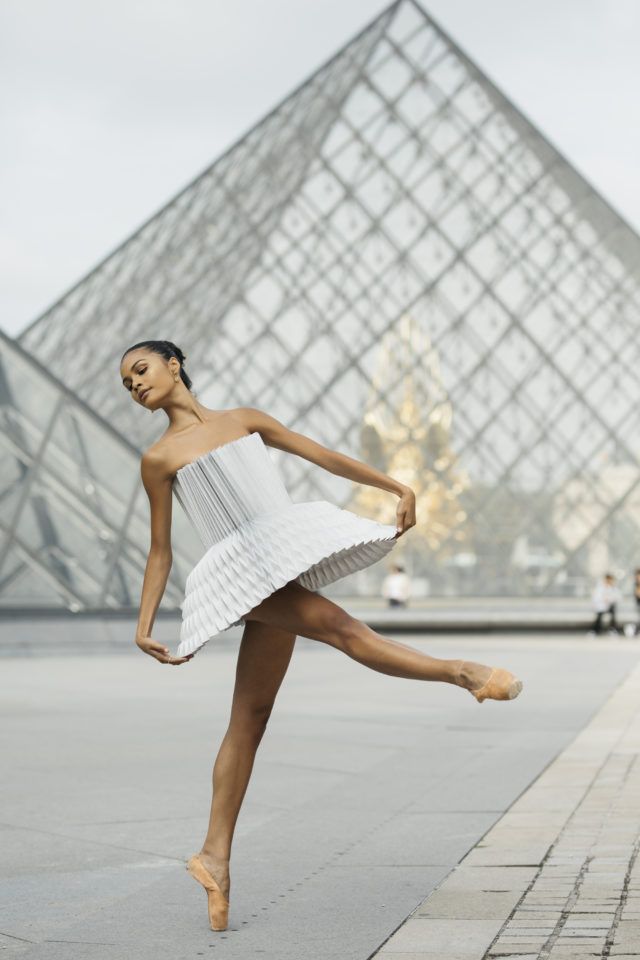 All this has been collected by thousands of people in various fields of human knowledge and classified in various sciences. And then a dozen other people from these same sciences removed the most valuable and added to the mixture from different areas of human activity and organized in a new way.
All this has been collected by thousands of people in various fields of human knowledge and classified in various sciences. And then a dozen other people from these same sciences removed the most valuable and added to the mixture from different areas of human activity and organized in a new way.
I just interpret all this knowledge passed through my brain, experience, life, adding my observations, metaphors, witticisms, thus illustrating the text. And other people's aphorisms. Since some people speak in such a way that after their words nothing seems more accurate, capacious, conveying the very essence.
Taste it and see if it suits you. Take from this whatever suits you, and reject without regret what is alien.
This book is a development and continuation of the first two parts of the book "What you need to know to become the first."
Here I consider the main issues of concern to beginners and experienced coaches, collected by me from the psychological practice of working with coaches.
Since my life is not over yet, and my experience is growing and growing, I am again writing about dance directing - new materials, development of old themes.
From the second part, the reader may have got the impression that in acting it is enough to influence and hypnotize in order to become the first. But this is only one of several most necessary aspects of any higher skill in any kind of activity, the basis of the charismatic qualities of a person. To start the journey, it is very important to be able to draw attention to yourself. However, this is not what will lead to the top. Hard work and technique, analytical approach and methodology, consistency and interconnectedness of thinking and actions lead to the top. This will be discussed.
The second part of my book is divided into "psychology of dancesport" and "psychology in general", I mean the part called "The general concept of achieving the goal." It is a standalone book on its own, but included in this series, it has been edited specifically for dancers.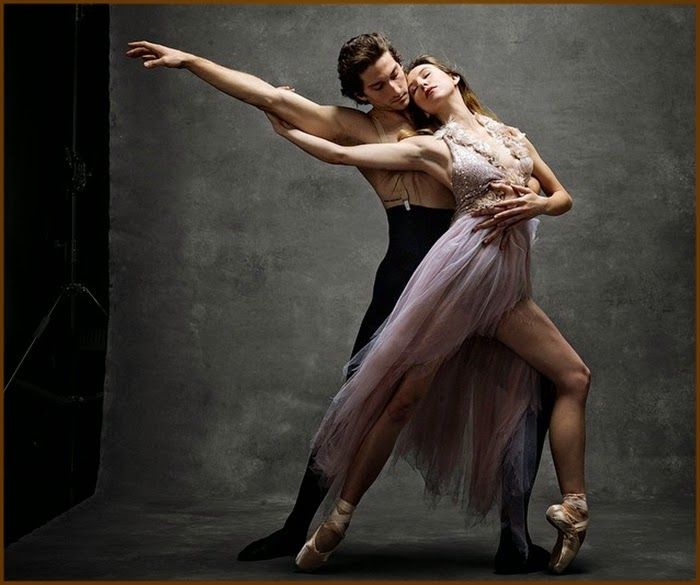
In this new book, I continue to acquaint my readers with "psychology in general" and include here my new book "The Script of Your Life". In terms of content, this text is a transcription into a simple human language of the foundations of Gestalt therapy - one of the most leading modern methods of psychological assistance.
I hope that this addition will help my readers to more fully comprehend not only life, but also their own professional experience.
From my previous book you learned about the image, role and strategy of a "man-success". This is just a sample, maybe a picture, and, in fact, there is nothing there about how to get you to become what you want to become, taking into account all your individual qualities and traits, priorities, your personal history.
The second book describes how to succeed, what traits are important to have in order for this to be possible in any area of life. And also about how to build your strategy and your tactics. However (and this is completely natural), you may not have such traits and, moreover, you may encounter serious obstacles on the way to gaining new skills to bring to life your most intimate ideas of what it should be like.
However (and this is completely natural), you may not have such traits and, moreover, you may encounter serious obstacles on the way to gaining new skills to bring to life your most intimate ideas of what it should be like.
It's easy to say "be yourself". However, a person encounters a thousand obstacles on the way to himself, starting with a vague idea of \u200b\u200bwhat is "I" and "me" and where it is. This thorny path continues with difficulties in trying to figure out between the huge number of acquired installations about what you should be. And these attitudes deprive you of orientation in the real world. And your striving for perfection ends with the usual mechanisms of psychological manipulation with yourself, other people and the world around you.
These mechanisms are designed to bring balance to life, but in reality they are only a compensation for our usual inability to rely only on ourselves, on our personal values and priorities, our interests, and only our desires and needs.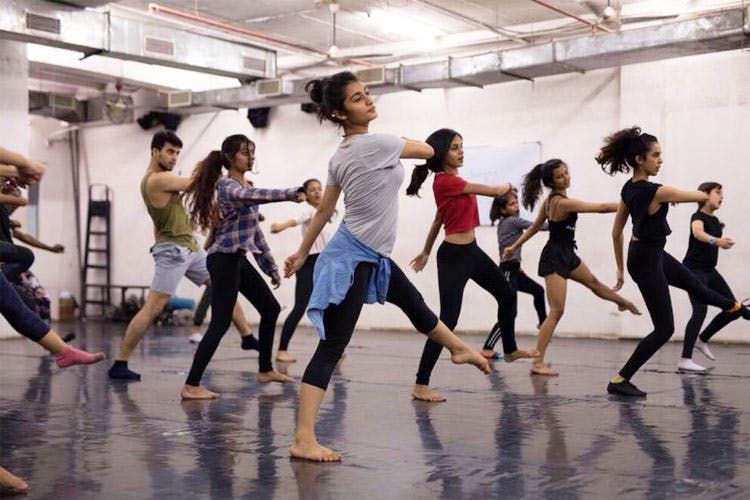 Due to ignorance of themselves and all these details of their personal lives. Pay attention: just as often as you say “yes, I know myself!”, you get lost “I don’t know what happened to me ...”
Due to ignorance of themselves and all these details of their personal lives. Pay attention: just as often as you say “yes, I know myself!”, you get lost “I don’t know what happened to me ...”
And these obstacles are primarily due to your personal history and your life scenario. And if personal history cannot be changed in any way, then the life scenario is completely subject to everyone.
Before you start reading this book, try to determine what goal you set for yourself: to find formulas for understanding what is happening to you, or for describing and arguing your life positions as having a right to exist, or you want to discover for yourself perspective, to see more than you used to see?
Personal credo of the trainer
In order to effectively solve the problems of any relationship within the framework of dance sport, the complexities of the training and career processes, it is important to have the most accurate and complete information about the interests of each of the parties of this system. And here it is important for the coach, first of all, to see his personal position in relation to various aspects of dance sport, and as truthfully as possible.
And here it is important for the coach, first of all, to see his personal position in relation to various aspects of dance sport, and as truthfully as possible.
Most of the conflicts and difficulties arise, as a rule, due to misconceptions about the interests of different participants in this process, and the degree of their responsibility for the results or problems.
So, what is the coaching interest and position in dance sport.
As a rule, the most important coaching interest is his recognition as a specialist by students, their parents, colleagues, judges, landlords of the premises in which he works, the general dance community. And this recognition can be formed not only from the results that his students achieve. At least
the following points are significant for this:
methodical presentation of the training material;
the psychological atmosphere that the coach creates in the club;
the ability to build relationships with parents;
ability to build relationships with athletes;
the amount of the coach's earnings, which is reflected in his appearance and lifestyle;
the ability to plan and promote the career strategy of students;
the ability to support hardworking students and stimulate less gambling ones;
the ability to regulate relations in pairs between athletes;
the ability to build relationships with assistants and colleagues with whom this coach collaborates;
the ability to protect the interests of their athletes in a competitive atmosphere of tournaments.
These and many other, smaller details make a coach competitive and successful. Experienced and talented trainers have the skills to effectively behave in each of these moments, and young teachers have to learn this from their own mistakes, as well as use the help of more experienced colleagues, or specialists in the field of business psychology, organizational consultants, relationship consultants.
Here I want to clarify the term "effective behavior". In Gestalt therapy, it is not customary to use the phrases "correct behavior" or "wrong behavior" because these representations are highly context dependent. It would be more accurate to believe that there are those behaviors that lead to the achievement of goals and satisfaction of the needs of the individual, that is, effective, or vice versa, such behaviors that disorient or create obstacles, that is, ineffective.
Returning to the coach's interests.
Prestige, competitiveness and recognition, of course, are not the only interest of a coach in his work.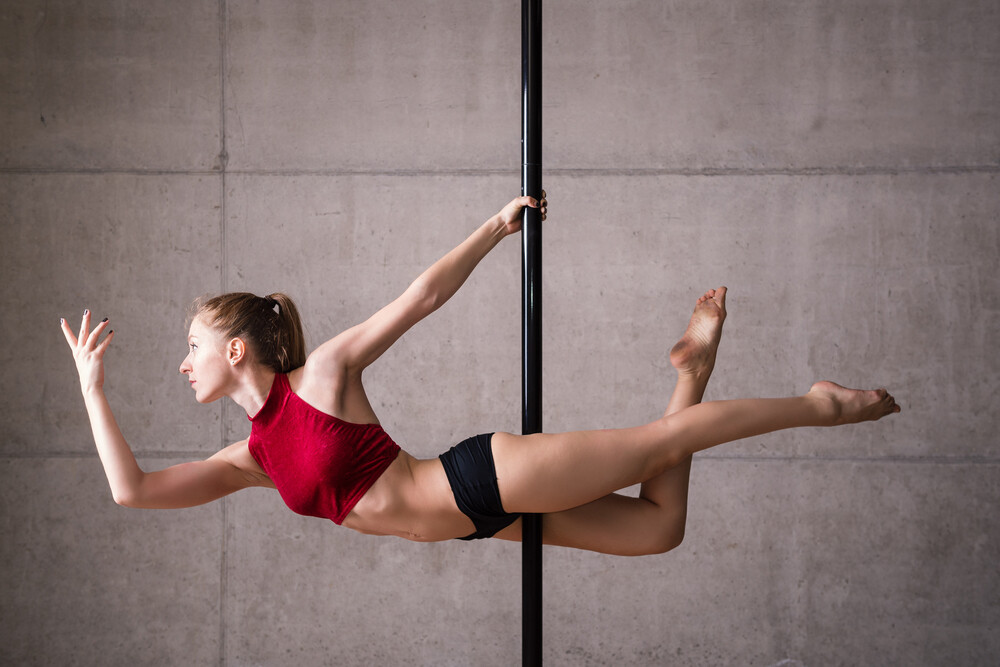 The second significant interest of the coach is material compensation, wages. Coaches who greatly inflate their fees are at risk of losing their jobs. Coaches who greatly underestimate the cost of classes or make discounts due to personal interest in the athlete risk creating a situation in which their work will not bear serious fruit, since they allow athletes and their parents to underestimate their skills. Here it is important to find the amount that would adequately reflect both the teaching level of the trainer and the specifics of the contingent with which he works. And also it should reflect the competitive situation in which he is at this stage of his professional development.
The second significant interest of the coach is material compensation, wages. Coaches who greatly inflate their fees are at risk of losing their jobs. Coaches who greatly underestimate the cost of classes or make discounts due to personal interest in the athlete risk creating a situation in which their work will not bear serious fruit, since they allow athletes and their parents to underestimate their skills. Here it is important to find the amount that would adequately reflect both the teaching level of the trainer and the specifics of the contingent with which he works. And also it should reflect the competitive situation in which he is at this stage of his professional development.
Under the specifics of the contingent, I mean the layer of athletes with which this coach works most effectively. For example, one trainer works great with children of the first three years of study, and another only works well with adult dancers of the D-B class, the third one leads groups perfectly, the fourth can be effective only when working with a small group or individually.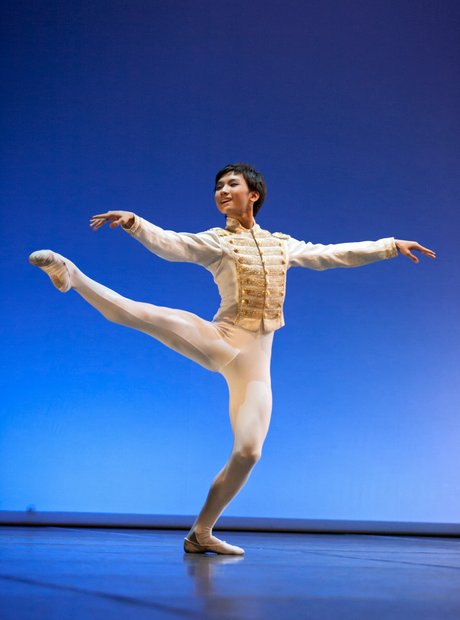
Every coach should be aware of what exactly he does best, and where is his problem area. The third significant interest of the trainer is his personal, human relationship with students and their parents. And this is the most cornerstone, acute and difficult place of a coaching career. The fact is that it is rather difficult for many to find the moment where business ends and intimate, in the broadest sense of the word, contact begins, without destroying either one or the other. And here there are definitely no general recommendations for everyone, this issue is individual insofar as those personal and professional requests that a particular coach has for a particular athlete or his parents in a particular situation are extremely individual. Here only personal experience and work with a psychologist can help you.
And the fourth, no less significant interest of a trainer is the ability and opportunity to be creatively realized in one's work. If your work with dancers seems to be a kind of routine, where there is no opportunity to embody your creative ideas about the vision of dance, if any J, then you are unlikely to be comfortable in this environment at all.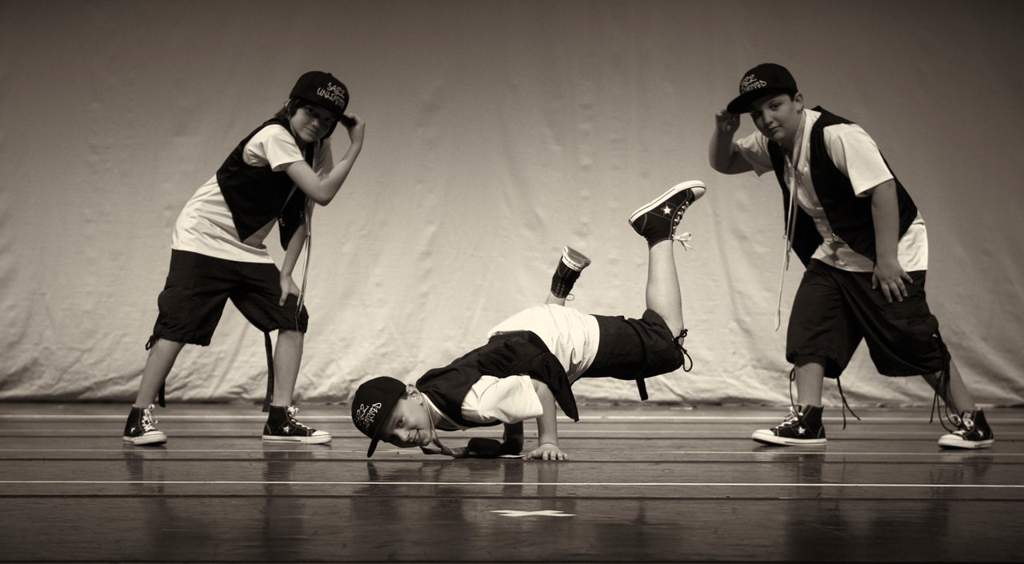 And it is all the more difficult if, in the condition of non-creativity, one also has to solve problems of relationships. The main difficulty here is that if the coach himself has a non-creative attitude towards work, then a certain psychological phenomenon is activated, in which it is extremely difficult to notice the creative initiative coming from the athletes themselves and their parents.
And it is all the more difficult if, in the condition of non-creativity, one also has to solve problems of relationships. The main difficulty here is that if the coach himself has a non-creative attitude towards work, then a certain psychological phenomenon is activated, in which it is extremely difficult to notice the creative initiative coming from the athletes themselves and their parents.
Many trainers know from their own experience that the development of relationships, in which there is a lot of uncertainty, reticence, unreasonable expectations, sooner or later leads to misunderstandings and conflicts. And here it becomes fundamentally important not so much how to resolve these conflicts, but how to prevent them, given that a coach, like any other person, meets a lot of very different people with very different positions in his work. Thus, it becomes important how to build relationships with people and how to prevent the development of conflict situations.
First of all, the trainer needs to understand his own position in his own pedagogical role. Here I propose some concept based on the Gestalt approach. This concept has been proven time and again to be effective.
Here I propose some concept based on the Gestalt approach. This concept has been proven time and again to be effective.
In Gestalt, there is a concept that the combination of several social roles in relation to the same person does not lead to effectiveness in any of them. For example, a combination of the role of a parent and a coach in relation to the same child or even an adult.
First of all, the combination of roles is ineffective because it disorients all participants in these relations in their obligations and rights to each other. And this, in turn, gives rise to a lot of unreasonable expectations, shifting responsibility on each other, and as a result - the emergence of claims.
It would be a misconception that it is mainly parents who suffer from this when they try to get into the training process. It is very common to see coaches nurturing their students as if they were their own children.
Another misconception would be to believe that such a position as a coach will lead to the highest results of athletes or to their appreciation.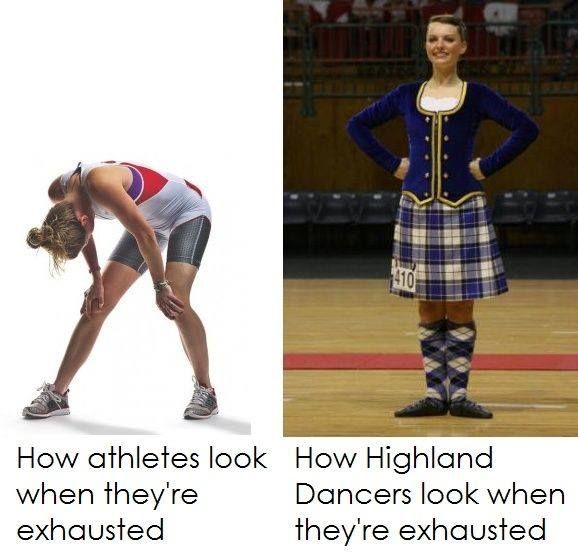 And, I believe that your own experience in this is even more convincing than my words.
And, I believe that your own experience in this is even more convincing than my words.
Therefore, the main task of a trainer in building effective relationships is, first of all, not to mix roles himself. And then it will be a good way not to create precedents, not to provoke parents and athletes and employees to appropriate behavior, and not to support other people's and their own irrational behaviors.
Of course, in order to be clearly within the coaching role, and not be part babysitter and part naughty child for their dancers, staff and students' parents, the coach needs to understand how the role of the coach itself differs from other roles.
Description of the role of the coach.
A trainer is, first of all, a seller of his services. He knows exactly which service costs how much and accepts payment only in money, since money is a universal measure for any goods and services. Barter for a coach is an exceptional measure, since in barter it is extremely difficult to measure the equivalence of mutual services. And here there is definitely a danger of creating ground for unreasonable expectations.
And here there is definitely a danger of creating ground for unreasonable expectations.
In addition, a trainer is a person who has a well-defined, highly specialized and sufficiently deep professional qualification in the field of services that he offers.
The coach's competence includes:
knowledge of the sports requirements for dancers of those age and qualification categories with which he works;
knowledge of the age-related psychophysiological characteristics of athletes;
knowledge of teaching methods, taking into account the above conditions;
determination of modes and schedules of training, competitions, sports camps;
skills of organizing the training process.
This means that:
no parents can teach him how to work with this or that class or age;
the coach knows for sure that there can be such and such a reaction from certain loads;
his teaching methods are most effective for this age;
his training schedule is designed for maximum success;
he knows perfectly well how the training process should be organized and fully copes with its organization.
Anything beyond that - the charisma and personal style of a coach - is not a required level of professionalism to work with athletes.
The competence of the coach does not include:
Determining the emotional state and state of health of the athlete;
Forecasting the development of a dancer's sports career;
Solving family, financial, educational and other personal problems of a dancer.
This means that the coach:
Should not be responsible for the condition with which the dancer came to the training;
Must not know if a given dancer will become a champion;
Should not deal with the above problems of the dancer and his family.
Taking into account all the named positions and conditions, the coach clearly outlines his position and figure in the club in relation to each of the other participants in the system. However, as a rule, there are many nuances that are not reflected in these lists, so below I divide the text into separate significant topics, where details and clarifications are provided.
Nina Rubshtein
Dance. Creative person. How to Use Your Character Strengths to Develop Creativity
Dance
Maybe you just like to sway to the music at a corporate party or decided to take up dancing to keep fit. Or maybe you are making great efforts to become a professional dancer. In both cases, and in the third case, the type of your personality affects your actions. Dance is a form of non-verbal communication that takes place here and now. Immediacy in expressing feelings, physical nature and physicality make dance a particularly attractive activity for sensory people. For sensory-ethicists (SF), the use of the body as a means of communication, as a rule, seems to be something quite natural, since they are better than others y t my physical self. One dancer we interviewed told us this: "Dance... makes you part of the music, you're kind of at one with it, which is a truly amazing feeling." But not only SF can and love to dance - it is within the power of all types, to each in their own way.
When we move to the rhythm of disco, folk music or tango, we externalize what is in our mind. How much is on our minds, how much of it we are going to translate into body language, and how much of ourselves we want to share with the people around us in physical space is a completely different question. The answer to this question depends on whether we are extraverted or introverted. Introverts may enjoy fully immersing their thoughts in a complex dance program, while they like to dance "anonymously", alone or with a close partner. Extroverts like to dance this way too, but they still prefer the communication that a group dance provides - round dance, corps de ballet, etc. Sensory people love dance for the opportunity to recreate their experience in reality in other ways. Intuitives like abstract reality more, they like to endow their movements with special meaning and symbolic meaning, and therefore styles like modern ballet are closer to them.
Dance is part of our common heritage.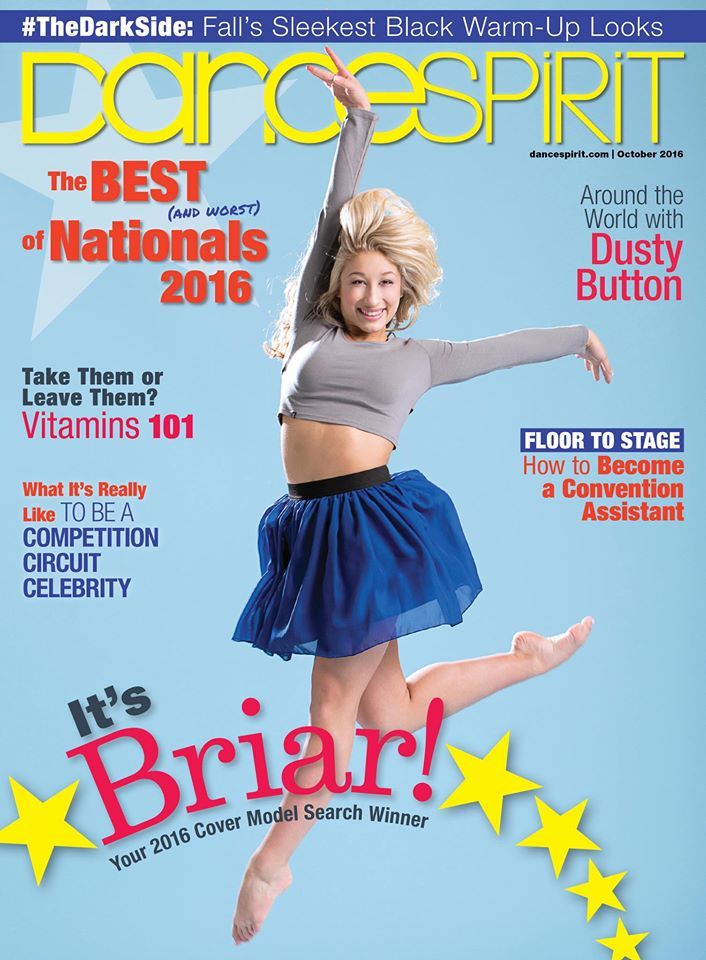 For Japanese geishas and Polynesian dancers, this is a way to preserve their culture, continue traditions or tell stories, which encourages SJs (sensor rationals) to actively participate in the protection of these rituals. Logicians-rationals (TJ), for their part, practice movements and steps in order to perfect the technique of performance. A similar sentiment can be heard in the words of Fred Astaire, who said: "I never used dance as an outlet or a means of self-expression" {247} . Irrational ethicists (FP) have their own characteristics: they use dance precisely as a means of self-expression. At the same time, dances with an uneven rhythm are often preferred, as well as improvisations, drawing inspiration from the opportunity to bring joy to people. Irrationals find pleasure in smooth movements and playful dances, while rationals prefer dances that are serious, structured, requiring synchrony.
For Japanese geishas and Polynesian dancers, this is a way to preserve their culture, continue traditions or tell stories, which encourages SJs (sensor rationals) to actively participate in the protection of these rituals. Logicians-rationals (TJ), for their part, practice movements and steps in order to perfect the technique of performance. A similar sentiment can be heard in the words of Fred Astaire, who said: "I never used dance as an outlet or a means of self-expression" {247} . Irrational ethicists (FP) have their own characteristics: they use dance precisely as a means of self-expression. At the same time, dances with an uneven rhythm are often preferred, as well as improvisations, drawing inspiration from the opportunity to bring joy to people. Irrationals find pleasure in smooth movements and playful dances, while rationals prefer dances that are serious, structured, requiring synchrony.
Whatever your creative inclinations, it is important to remember that we all have to perform at this ball of life, sometimes swaying alone to the music, and sometimes whirling in a whirlwind of dance with a partner.